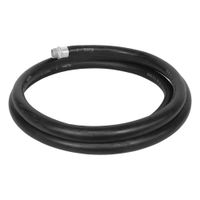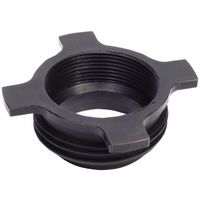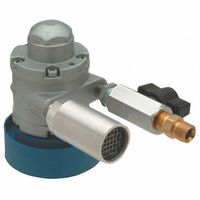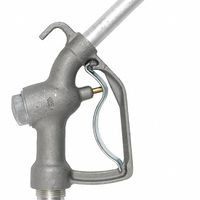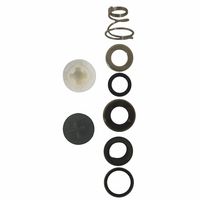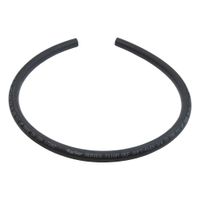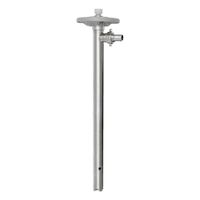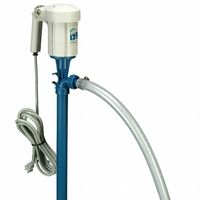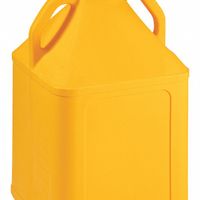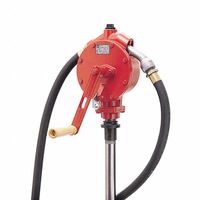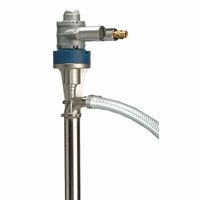Drum Pumps
Drum pumps are hand-operated, electric-powered, or air-powered devices that suction fluids out of drums, barrels, pails, and intermediate bulk containers (also known as IBCs or totes). They reduce the risk of spills and minimize product waste by allowing fluid to be removed from containers that are .....Read More
Frequently Asked Questions
What is a drum pump used for?
How does a drum pump work?
What are the types of drum pumps?
What materials are drum pumps made from?
How do you choose the right drum pump for a specific fluid?
What are the benefits of using a drum pump?
How do you maintain a drum pump?
Can drum pumps handle corrosive or hazardous fluids?
What safety precautions should be taken when using a drum pump?
How do you install and operate a drum pump?
